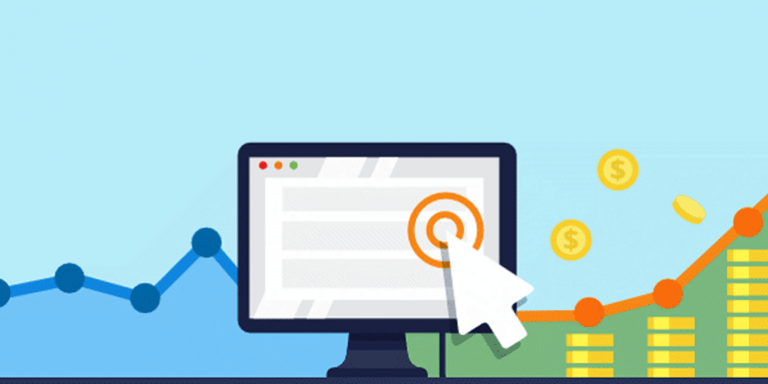What is conversion optimization and what are its processes? With this article, where you can find detailed answers to your questions such as conversion optimization, you can reach a wide range of information about conversion optimization. In order to fully explain this concept, it is first necessary to consider and explain the terms conversion and optimization in a different way. In this way, it is possible to understand the concept of conversion optimization more clearly.
What is Transformation?
It is to ensure that customers or visitors who log in to your website take the action you want. In other words, it is defined as visitors responding to your marketing message.
What is Optimization?
The term optimization is defined as finding an alternative solution to achieve the highest performance with the least cost in order to maximize the desired results despite various constraints and, conversely, to minimize the undesired results.
What is Conversion Optimization?
Conversion optimization is to increase the rate of desired actions or interactions with users who visit websites or mobile applications. In other words, it is a systematic work that enables visitors to be converted into members, users or customers. The number of visitors is kept constant or reduced to increase the conversion rate. In the meantime, various improvements are made within the website or application to increase the number of conversions.
What is Conversion Rate and How is it Calculated?
In the conversion rate calculation, the total number of conversions is divided by the total number of visitors and the resulting ratio gives the conversion rate.
How to Increase Conversion Rate?
In order to increase the conversion rate within the scope of the studies, first of all, it is necessary to either keep the total number of visitors on the website or mobile application constant or reduce it. After that, it is aimed to increase the number of conversions with some improvements made on the website. Since the number of visitors does not increase, there is no increase in the advertising budget. Because the main purpose of conversion optimization is to increase conversion by reducing costs.
What are Conversion Optimization Processes?
Conversion optimization processes are examined under different headings. With the studies carried out, some improvements are made for website visitors to become users, members or customers. Of course, these improvements work under a certain process and a planned operation is required for the work to achieve successful results. So, what are conversion optimization processes? Let's look at them.
- Watching
- Analyze
- Formulating a Hypothesis
- Planning
- Testing
- Targeting
Watching
At the beginning of conversion optimization, the first step is to set certain goals on the website or mobile application and monitor them. Goals, conversion funnels and segmentation are the things that need to be followed during the monitoring phase.
Analyze
The analysis process reveals which stages visitors follow according to the set goals. In other words, when visitors leave the site or how they interact with it is fully revealed at this stage. The analysis process includes some stages that help to make sense of some of the tracked data. These appear as follows;
- Heatmaps
- Visitor Recordings
- Forms
- Surveys
Formulating a Hypothesis
After the monitoring and analysis processes, it is time to interpret the data obtained. After the necessary interpretation, it is necessary to form hypotheses and to form these hypotheses based on the cause and effect relationship.
Planning
The planning process is a stage that should not be ignored for the implementation of hypotheses. In the planning phase, there are 3 most important parameters. These are;
Building confidence to win
Impacts on macro targets
Degree of applicability
as a "priority". It is possible to decide which one to implement first by making a ranking between the 3 parameters above. With the ranking realized, the planning of the idea to be tested becomes easier.
Testing
The last stage in conversion optimization is the testing process. At this stage, A/B tests take the place of predictions and work is carried out accordingly.
Targeting
The targeting process is the application of the results of the test applied to visitors in a certain category to visitors in all categories. In other words, the successful results obtained on a group of visitors with the test conducted ensure that the test is applied to all visitors.











